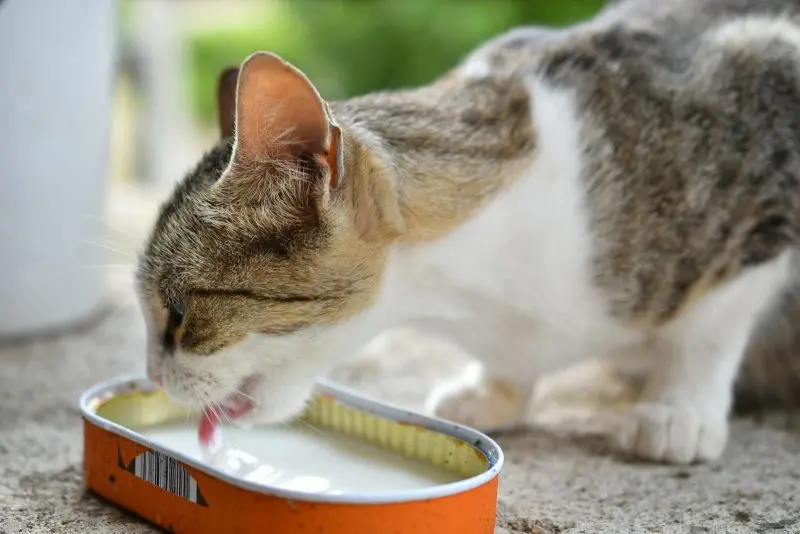The long history of cats living alongside humans spans over 9,000 years. In ancient times, these animals earned a reputation as skilled hunters of rodents and gradually became domesticated. For many years before specialized cat food was created, they were primarily fed leftovers from the family table. Few people gave much thought to their dietary needs. In his 1877 book, Scottish doctor Gordon Stables insisted that cats needed two bowls—“one for water, the other for milk.” He considered milk porridge the best breakfast for cats. The image of a cat that loves milk has been ingrained in our consciousness through art, literature, and films. However, modern research has revealed that milk is actually harmful to these animals. Most cats are lactose intolerant.
Julia Henning, a cat behavior expert at the University of Adelaide’s School of Animal and Veterinary Sciences in Australia, noted that like all mammals, cats start their lives drinking their mother’s milk. But as they mature, they no longer require this food. By the age of 6 to 12 weeks, kittens stop producing lactase, the enzyme necessary for digesting lactose. For the vast majority of cats, this means they simply cannot tolerate it. However, just like in humans, the level of lactose intolerance varies among animals.
According to Ms. Henning, even if a cat can digest lactose, it doesn’t mean it should drink cow’s milk. Cats are much smaller animals than cows, and the lactose content in a mother cat’s milk is significantly lower than that found in cow’s milk. After all, we must remember that cow’s milk is primarily intended for feeding and nurturing its calves. The expert believes that lactose intolerance is not the only reason why cats shouldn’t be fed milk. Our furry friends can also develop allergies to milk or dairy products.
What happens to cats that drink milk? Lactose is a type of sugar, the scientist reminded us. When it cannot be broken down for absorption into the bloodstream, it passes through the intestines into the colon, where bacteria ferment it. During fermentation, lactose breaks down into acids and gases. This can lead to unpleasant symptoms such as excessive gas, bloating, constipation, abdominal pain, nausea, and vomiting. The most common symptom in cats is diarrhea, as reported by Science Alert.
If milk is harmful, why do cats love it? As Julia Henning pointed out, we often enjoy things that are bad for us. Additionally, cow’s milk contains a mix of proteins and fats that cats find very appealing. It is also rich in casein—a protein that the body breaks down into alpha-casozepine. Some researchers have found that this natural peptide has calming properties. This means that milk for a cat may be associated with a substance that alleviates anxiety and restlessness.
Can you occasionally give your cat milk as a treat? The short answer is no. Milk poses health risks to the animal, so it’s best to avoid it altogether. At most, you might occasionally treat your furry friend to lactose-free milk specially formulated for cats. At least it won’t cause the same stomach upset as cow’s milk. What about alternative products like oat, soy, or almond milk? Any unusual additions to your cat’s diet are likely to cause digestive upset, so it’s best to steer clear of them. So, don’t give your cat milk, concluded Ms. Henning. It’s unnecessary for the animal, it likely won’t be able to digest it, and it will probably lead to more problems than benefits.

